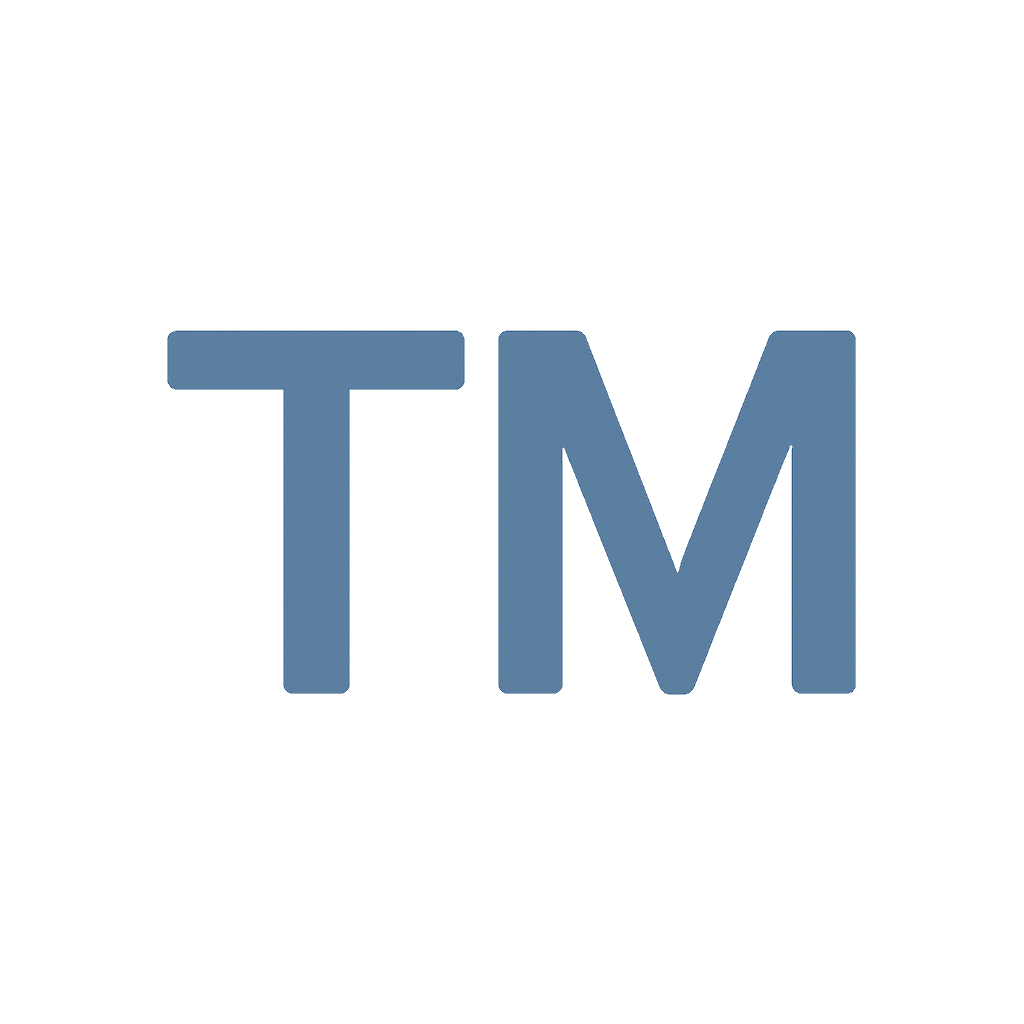📌 Quick Summary
1-Sentence Answer: Most inventors and entrepreneurs forget key IP questions that shape patent and trademark strategy—knowing them can save time, money, and ownership rights.
The Article Overview: This article reveals the most overlooked questions to ask during an intellectual property consultation, covering patents, trademarks, and strategy pitfalls that clients commonly miss. You’ll get direct answers, practical guidance, and real-world insights to improve your next IP meeting.
❓ Common Questions & Answers
Q1: Do I actually own the invention or brand I’m protecting?
A: Many overlook ownership. Employment contracts, joint ventures, or investors can alter IP rights. Always confirm who the legal owner is before filing.
Q2: Is my invention or mark worth protecting internationally?
A: If you plan to sell globally, yes. International filings under the PCT or Madrid Protocol can secure broader protection early.
Q3: Can I combine patents and trademarks for stronger protection?
A: Yes. A patent protects your innovation’s function, while a trademark protects your brand identity. Together, they create a stronger market barrier.
Q4: What happens if I don’t file first?
A: The U.S. follows a “first-to-file” system. Delay means you could lose rights, even if you invented first.
Q5: Do I need to maintain my IP after registration?
A: Absolutely. Both patents and trademarks require renewals, maintenance fees, and active enforcement.

📜 Step-by-Step Guide
-
Audit Your IP Portfolio: Identify inventions, designs, and brands you already own or plan to develop.
-
Ask About Ownership & Assignment: Clarify who owns what and ensure proper IP assignment agreements exist.
-
Discuss Global Plans: Evaluate where your market lies and decide whether to file internationally.
-
Explore Filing Timing: Learn optimal filing windows to avoid losing priority rights.
-
Plan for Maintenance: Set up alerts and systems for renewals, policing, and enforcement.
📖 Historical Context
In the early days of patent law, inventors often lost rights simply because they failed to ask key procedural questions. Before the 2013 America Invents Act, the U.S. followed a “first-to-invent” rule—meaning inventors could claim priority by proving invention date. The shift to “first-to-file” made timing and proactive consultation critical.
Similarly, trademark practices evolved from local use-based rights to national and international registration systems. Today, the Madrid Protocol enables multi-country filings, but many businesses still fail to ask if they should register beyond their home market.
Both histories share a common theme: those who didn’t ask the right questions early often lost their competitive edge. A well-prepared consultation turns an abstract idea into a defendable business asset.
🏢 Business Competition Examples
-
Dyson: Early patent filings for vacuum technology safeguarded its global expansion. Missing a filing deadline could have cost them their edge.
-
Nike: Strategic trademark registrations worldwide protected the swoosh from counterfeiters long before entering some markets.
-
Tesla: Filed patents covering core electric technologies, then selectively opened some for collaboration—showing a nuanced IP strategy.
-
Impossible Foods: Protected both technology (patents) and branding (trademarks), preventing copycats in both innovation and marketing.
💬 Discussion Section
An IP consultation isn’t a sales pitch; it’s a strategic conversation. Yet many clients walk in without the right questions. They ask, “Can I patent this?” when they should be asking, “Should I patent this—and how does it fit my business model?”
Missed questions often include ownership clarity, global scope, maintenance planning, and overlap between IP types. For startups, failure to ask about ownership can create investor disputes later. For established businesses, neglecting enforcement strategies can lead to brand dilution or infringement.
Patent discussions should go beyond novelty and include commercialization, licensing, and risk of infringement. Trademarks should involve long-term brand plans and international expansion. Both areas require understanding what you can protect, where you can protect it, and how those rights interact.
Clients who proactively ask about freedom-to-operate searches, prior art, or mark clearance typically end up saving thousands. In contrast, those who don’t ask the tough questions often face rebranding costs, invalidated patents, or lost exclusivity.
A strong consultation ends with a map: what IP to protect, what not to bother with, and how to align each protection step with business growth. The forgotten questions are often the ones that define whether your IP becomes a moat—or a mirage.
⚖️ The Debate
Proactive Questioning View: Clients should prepare as though IP counsel is a strategist, not just a filer. Asking deeper questions about ownership, scope, and value leads to fewer disputes and stronger portfolios.
Reactive View: Some believe too many questions slow the process and add costs. They rely on counsel to guide the discussion and prefer to defer technical details until later.
✅ Key Takeaways
-
Ask ownership and inventorship questions early.
-
Combine patent and trademark strategy for layered protection.
-
Don’t delay filing—first-to-file rules apply.
-
International protection matters more than ever.
-
Maintenance and enforcement are ongoing obligations.

⚠️ Potential Business Hazards
-
Ownership Confusion: Leads to disputes, invalid filings, and investor hesitation.
-
Missed Deadlines: Losing filing priority can eliminate rights.
-
Weak Global Strategy: Skipping international protection can block future expansion.
-
Neglected Maintenance: Lapsed rights cost businesses credibility and value.
❌ Myths & Misconceptions
Myth 1: I Don’t Need a Patent Yet.
Waiting can mean losing first-to-file priority. Filing early—even provisionally—secures your place in line.
Myth 2: A Trademark Is Automatic Once I Use My Brand.
Use gives limited protection. Registration gives national (and international) enforcement power.
Myth 3: My NDA Covers Everything.
NDAs protect disclosures, not your actual invention or mark. You still need formal filings.
Myth 4: Patents Are Only for Big Companies.
Small businesses and solo inventors file patents daily. Smart IP builds leverage and attracts investors.
📚 Book & Podcast Recommendations
-
Patent It Yourself by David Pressman – https://www.nolo.com/products/patent-it-yourself-pat
-
The Lean Startup by Eric Ries – https://theleanstartup.com/
-
IP Fridays Podcast – https://www.ipfridays.com/
-
The Inventive Podcast – http://inventiveunicorn.com/podcast
⚖️ Legal Cases
-
Stanford v. Roche (2011): Clarified IP ownership between employer and researcher. https://supreme.justia.com/cases/federal/us/563/776/
-
Apple Inc. v. Samsung Electronics Co. (2016): Landmark patent design dispute on smartphone technology. https://www.supremecourt.gov/opinions/16pdf/15-777_7lho.pdf
-
Booking.com v. USPTO (2020): Determined generic terms can gain trademark protection with distinctiveness. https://supreme.justia.com/cases/federal/us/591/19-46/
-
Therasense, Inc. v. Becton, Dickinson & Co. (2011): Defined standards for inequitable conduct in patent filings. https://caselaw.findlaw.com/us-federal-circuit/1565854.html

📣 Expert Invitation
Are you an inventor, startup founder, or business owner with insights about missed IP questions? Apply to be featured on the Inventive Podcast and Webinar Series at http://inventiveunicorn.com.
If you’re ready to strengthen your patent and trademark strategy, schedule a free consultation with an IP attorney at http://strategymeeting.com.
🔚 Wrap-Up Conclusion
Most clients leave their IP consultation believing they covered everything—but the real power lies in the questions they never asked. By clarifying ownership, timing, global reach, and maintenance, you ensure your innovations and brands stay protected. An informed consultation isn’t just smart; it’s strategic IP armor.











